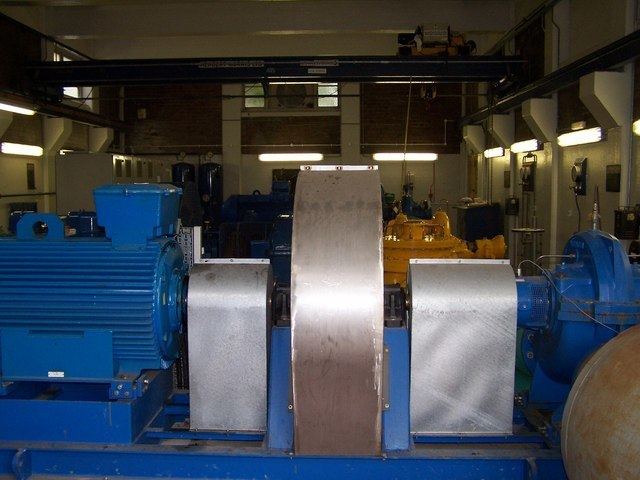 | ||
The pumping of water is a basic and practical technique, far more practical than scooping it up with one's hands or lifting it in a hand-held bucket. This is true whether the water is drawn from a fresh source, moved to a needed location, purified, or used for irrigation, washing, or sewage treatment, or for evacuating water from an undesirable location. Regardless of the outcome, the energy required to pump water is an extremely demanding component of water consumption. All other processes depend or benefit either from water descending from a higher elevation or some pressurized plumbing system.
The ancient concept of the aqueduct took simple and eloquent advantage of maintaining elevation of water for as long and far a distance as possible. Thus, as water moves over great distances, it retains a larger component of its potential energy by spending small portions of this energy flowing down a slight gradation. Granted, a useful aqueduct system ultimately depends on a fresh water source existing at a higher elevation than the location where the water can be of use. Gravity does all the work. In all other instances, pumps are necessary.
In day-to-day situations, available water is often contaminated, unhealthy, or even naturally poisonous, so that it is necessary to pump potable water from lower levels to higher levels, where it can be of use. A fresh water source in a lower stream, river, pond, or lake is often pumped to higher ground for irrigation, livestock, cooking, cleaning or other uses by humans, who quite naturally need fresh water. This will purify mostly fresh water, and the treatment of largely contaminated water refer endlessly to pumping.
